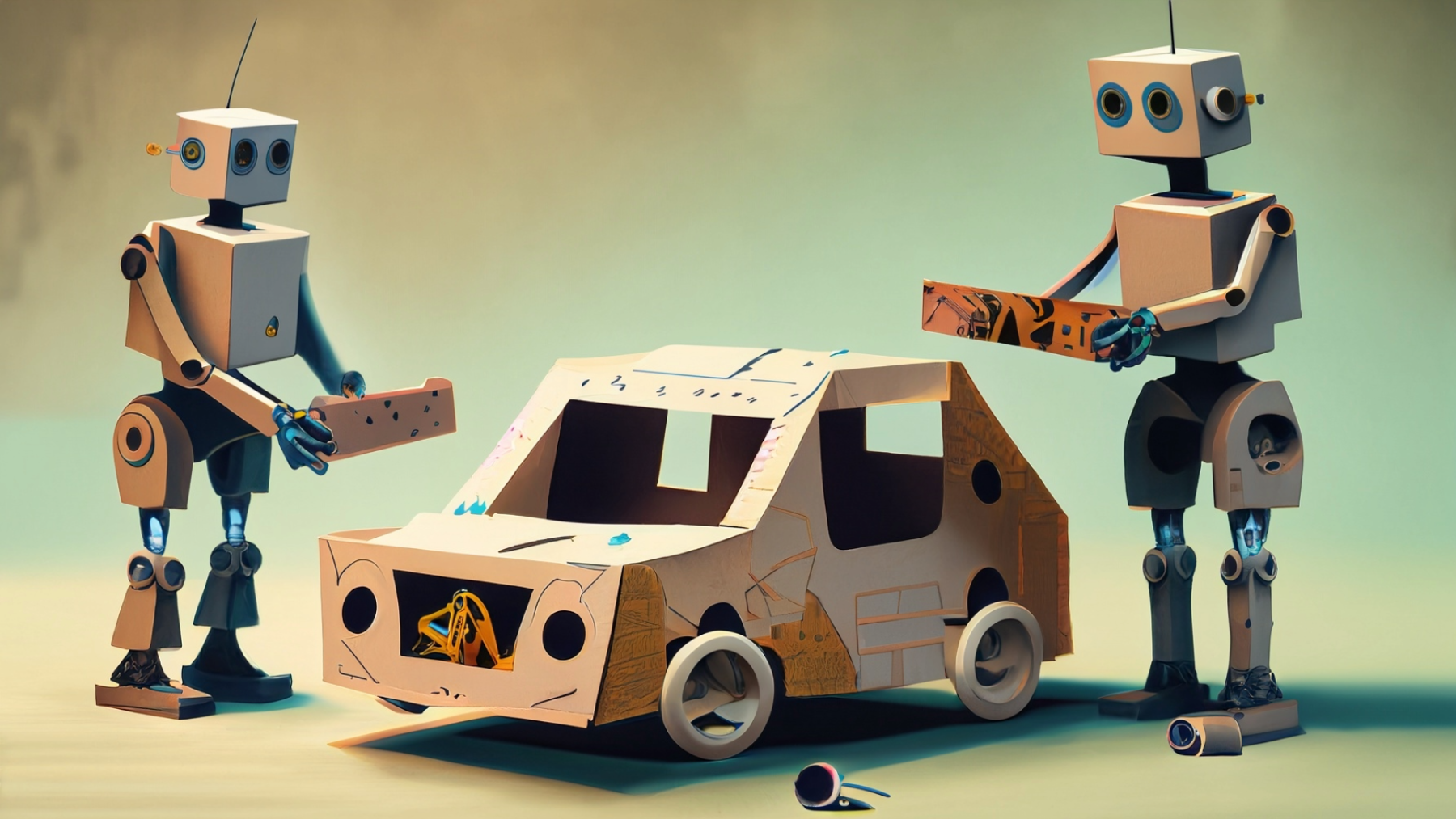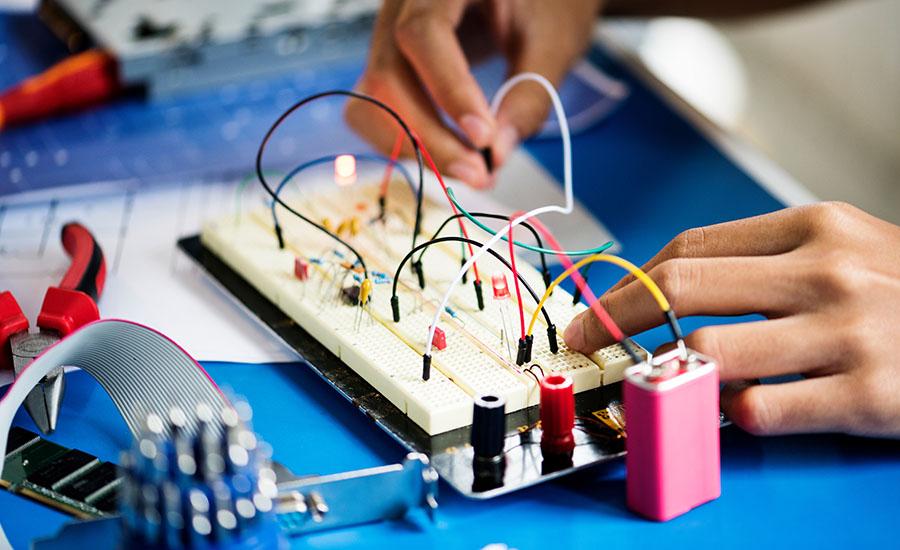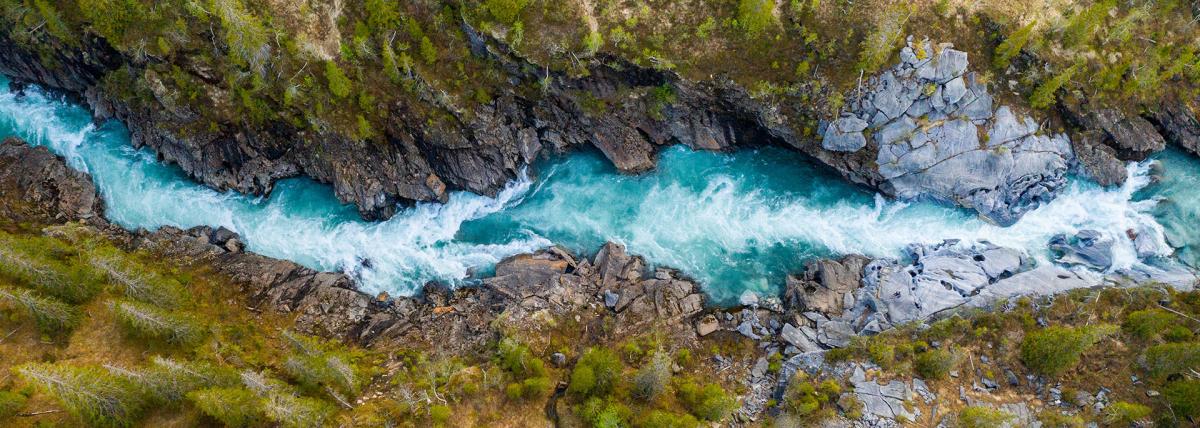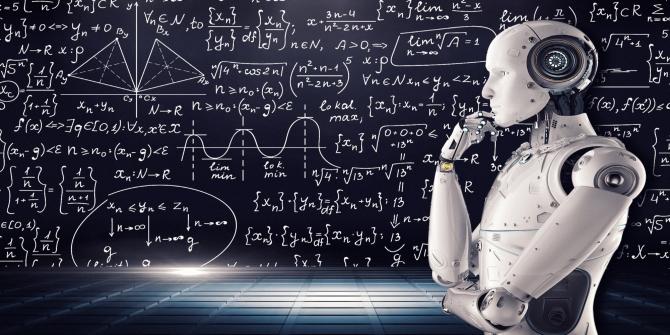
Energy Transfer: Ramps
Students will learn about the difference between potential and kinetic energy by building a ramp. Three objects will be tested down the ramp to see which one can go the farthest. Data will be collected, plotted on a line plot, and analyzed. Students will reflect on their designs and define the science terms associated with this lesson.
Lesson Grade Level
4th GradeLesson Plan Link/URL
https://docs.google.com/presentation/d/1XkQ306iAq9duY1KC9ASv7vNvqUYe2Y7O/edit?u…Subject Area
Science Physical Science P4: Energy Transfer Engineering S2: Apply the Engineering Design Process Mathematics Measurement and Data (MD) English Language Arts (ELA) WritingRelated Content

In this outstanding lesson, students will explore circuitry through working collaboratively to build a working floor piano out of simple materials. Students explore the engineering design process by

Saltwater vs. Freshwater
In this lesson students will show the proportion of freshwater compared to saltwater on Earth. Students will define the problem of having a limited amount of fresh water using evidence gathered from

More VR integration in the classroom, oh my! This is the second lesson of a two-day exploration of chain reactions. On day one, students received a general overview of chain reactions, Rube Goldberg